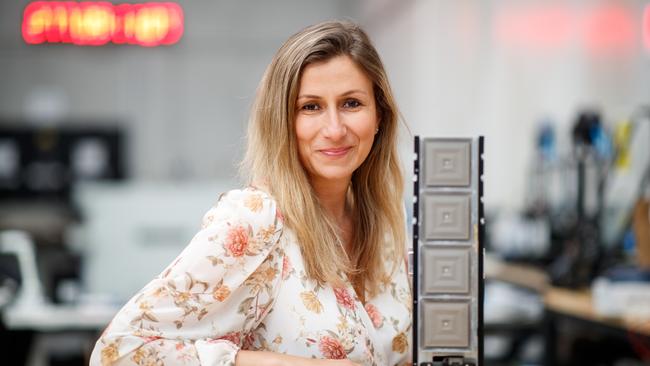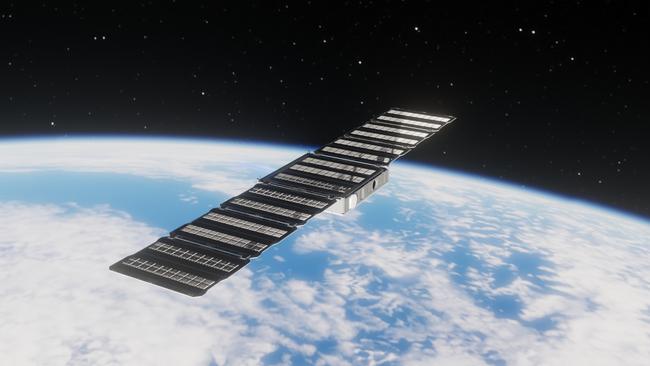Fleet Space Technologies joins NASA’s Artemis mission
An Adelaide company is on course to touch down in the space capital of the USA to join NASA in its mission to land the first woman on the moon.
SA Business
Don't miss out on the headlines from SA Business. Followed categories will be added to My News.
A South Australian satellite company is partnering with NASA to put the first woman on the moon.
To achieve the historic feat Adelaide company Fleet Space Technologies is opening its first US office in Houston – the epicentre of human space exploration.
Adelaide’s Fleet Space Technologies says its new headquarters will also be a launching pad towards ambitious international expansion plans.
Fleet is part of NASA’s Artemis lunar landing mission to put the first woman and man of colour on the moon by 2024.
Houston is the home of NASA’s Mission Control Centre and the Johnson Space Centre, which has led human space exploration.

Fleet Space Technologies chief executive Flavia Tata Nardini said Houston was chosen as an “anchor location” that places Fleet at the heart of US space operations. She said Fleet’s main focus in the US would be selling its hi-tech satellite services, which can detect critical minerals beneath the Earth’s surface.
The groundbreaking technology will be used in NASA’s Artemis mission, as Fleet plans to send nanosatellites to search the moon and Mars for water and other resources necessary to sustain human life.
Ms Nardini said the company was rapidly gaining new clients in the US.
“We are going to conquer the world and we are still going to be in beautiful Adelaide – it doesn’t get much better than that,” she said. “In the past we were very much focused on activities in Australia.
“We had a lot of customers in Asia-Pacific but now we are expanding our uses more and more in the US.
“It’s a big step because it’s a market that is dominated by other players, so, as an Australian company, to be accepted and welcomed and forming a commercial team is pretty good.”
Fleet, which has grown from three staff in 2015 to about 100, made history in 2018 when it launched the country’s first commercial nanosatellites into low Earth orbit. The company currently operates six satellites and has plans to build a constellation of 140 small satellites.
Fleet has established a three-person sales team in Houston – led by Adelaide-born man Constantine Koutas – and there are plans to expand its global operations.

Ms Nardini said its satellites were able to detect minerals beneath the Earth’s surface – “world first” technology that she said helped address the environmental effects of mining.
“It can find minerals in areas where you can access them without any environment impact,” she said.
“We have been able to nail this very, very big problem, because we are very supportive of the net-zero cause and also supporting companies that need to find nickel and copper.”
Fleet will build a satellite “hyper factory” in the planned Australian Space Park at Adelaide Airport – the nation’s first dedicated space manufacturing hub.
Fleet will use the hyper factory to develop a constellation of new 3D-printed small satellites.
Ms Nardini was confident the team in the US would grow “a lot” in the next 12 months, including hiring an engineering team to leverage new technology in the US.
The company’s US headquarters will also provide access to the Canadian and South American markets – among the world’s leading producers of natural resources.
Fleet recently secured a $35 million from investors that created dozens of new jobs in SA.
South Australia is headquarters to Australia’s Space Agency at Lot 14 and is now home to more than 90 space-related businesses.





